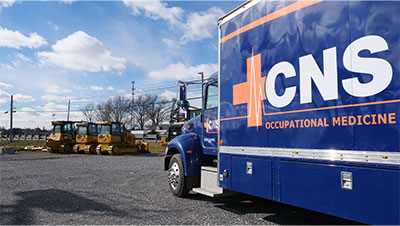On April 18, 2024, MSHA issued its final rule, Lowering Miners’ Exposure to Respirable Crystalline Silica and Improving Respiratory Protection, to reduce miner exposures to respirable crystalline silica and improve respiratory protection for all airborne hazards.
What is changing for the mining industry?
“Miners like a crusher operator at a California sand and gravel mine or a roof bolter in a West Virginia coal mine should never be forced to choose between preserving their health and providing for themselves and their families. This proposed rule furthers the Mine Act’s clear instruction to prioritize miners’ health.”
The coming rule would require:
- Lowers permissible exposure limit (PEL) for respirable crystalline silica to 50 micrograms per cubic meter of air (µg/m3) for a full shift, calculated as an 8-hour time-weighted average (TWA) for all miners;
- Establishes an action level for respirable crystalline silica at 25 µg/m3 for a full shift, calculated as an 8-hour TWA for all miners;
- Includes uniform requirements for controlling and monitoring exposures to respirable crystalline silica at coal and metal and nonmetal (MNM) mines;
- Requires exposure monitoring for respirable crystalline silica.
- Requires immediate reporting and corrective action to remedy overexposures.
- Requires temporary use of respirators at metal and nonmetal mines when miners must work in concentrations above the PEL.
- Includes medical surveillance requirements for MNM mines, modeled on the existing medical surveillance requirements for coal mines; and
- Updates existing respiratory protection requirements by incorporating by reference a voluntary consensus standard by the American Society of Testing and Materials (ASTM) that reflects the latest advances in respiratory protection technologies and practices – ASTM F3387-19 Standard Practice for Respiratory Protection.
- When approved respirators are used, the mine operator must have a written respiratory protection program to protect miners from airborne contaminants, including respirable crystalline silica, in accordance with ASTM requirements.
The final rule will take effect on June 17, 2024.
Coal mine operators have 12 months to come into compliance with the final rule’s requirements while MNM mine operators have 24 months to come into compliance (including medical surveillance).
Get into compliance now with CNS Occupational Medicine!
Silica Physical
To ensure employers stay compliant with the stricter OSHA rules, CNS Occupational Medicine team provides comprehensive silica testing program that includes:
- silica medical history and respirator questionnaire
- physical exam with emphasis on the respiratory system
- chest X-ray, with “B” reader TB skin test
- respiratory fit test
- Pulmonary Function Test (PFT) administered by a spirometry technician
- testing for tuberculosis (TB)
Qualitative fit testing
If your employees wear respirators (other than the N95 mask), a measured, qualitative fit test is recommended. Medical surveillance for employees who wear respirators requires fit testing to be completed annually.
The 2019 ASTM standard provides for annual respirator fit testing to ensure that the make, model, and size of the respirator issued to the miner are appropriate and the miner is still able to achieve a good face seal.
A serious hazard may occur if a respirator, even though properly selected, is not properly fitted.
For example, if a proper face seal is not achieved, the respirator will provide a lower level of protection than it is designed to provide because the respirator could allow contaminants to leak into the breathing area.
Proper fit testing verifies that the selected make, model, and size of a respirator fits adequately and ensures that the expected level of protection is provided.
Other important employee testing
Your employee may also need other common worker health tests, which all can be done at CNS Occupational Medicine. These could include:
- Hearing Test (audiograms)
- Vision Test
- EKG
- Urine and Blood Samples
Stop waiting at hospitals or urgent care clinics. Our knowledgeable examiners are focused on best-in-class customer service when it comes to treating workers and employers to create long term health and wellness.
For more information, contact us at 800.551.9816 or info@cnsoccmed.com.










